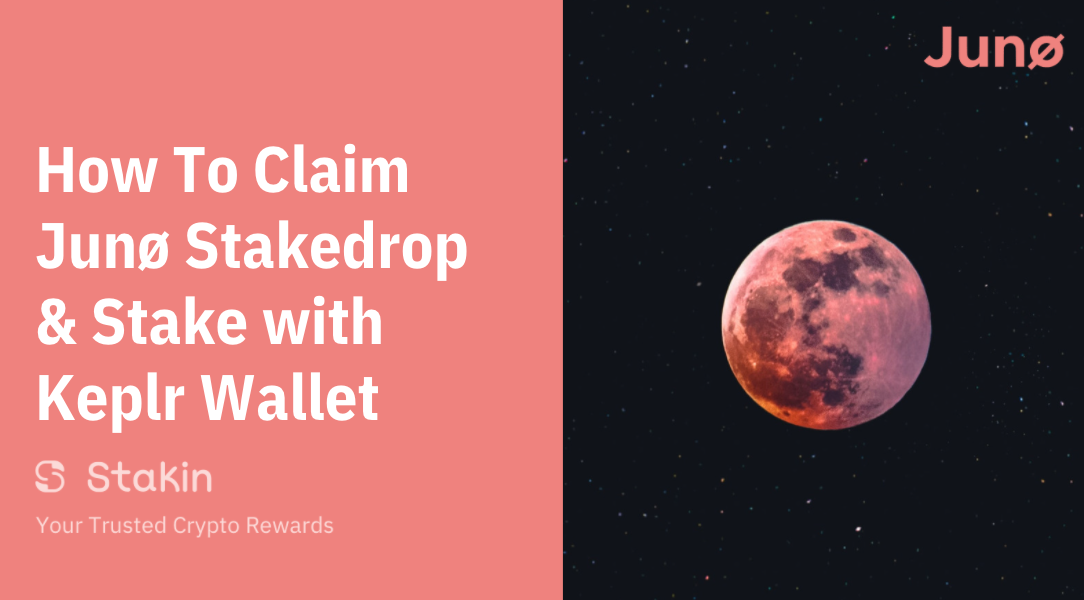A Quick Starter Guide To Understanding The Juno Chain And Using Osmosis LP Pools
What is Juno? Juno Chain or Juno Network is an open-source platform for interoperable smart contracts that automatically executes, controls, or documents a procedure of relevant events and actions according to the terms of such contract or agreement to be valid and, therefore, usable across multiple sovereign networks.
Juno is a Tendermint-based blockchain connected to the Cosmos ecosystem via IBC and serves as a decentralized, permissionless, and censorship-resistant avenue for developers to efficiently and securely launch smart contracts using proven frameworks and combine them in various languages. Moreover, contract modules that have been battle-tested, such as CosmWasm, enable decentralized applications to be established on robust and secure multichain smart contracts. Through on-chain governance, additional specialized modules can be introduced at any time.
Juno and CosmWasm
Interestingly, Juno is the neural home of CosmWasm smart contracts and the InterWasm DAO, the ecosystem pioneering the CosmWasm development and adoption. For those unfamiliar with CosmWasm, it is a smart contracting platform designed specifically for the cosmos ecosystem. CosmWasm is written as a module that can be plugged into the Cosmos SDK. This means that anyone who is already developing a blockchain with the Cosmos SDK can quickly and easily add CosmWasm smart contracting support to their chain without modifying existing logic. A complete introduction to CosmWasm can be found here.
How do CosmWasm and Juno tie together? Juno offers the first public and permissionless network for interoperable smart contract deployment. This is done through a highly scalable and secure base layer utilizing the robust CosmWasm smart contract framework. With both technologies combined, Juno can offer independent projects the option to deploy permissionless DApps and contracts. Furthermore, they also can communicate natively over IBC (Inter Blockchain Communication) with any network that supports the IBC protocol.
Juno Economics
Within the Juno ecosystem, like with many other PoS networks, there are three main stakeholders known as validators, developers, and delegators (you).
Genesis for Juno comes with the native network incentive structures, which are pre-set; through proposals and votes, adjustments to the structure can be made. Voting rights are gained by holding $JUNO, the network's native asset. That said, the native asset is also employed to secure the network or to transport fuel for all interoperable smart contracts deployed in the ecosystem, as collateral in various smart contract use cases, and work to capture value from JUNO-powered DApps. Incentives are based on a pre-set game-theory model that was designed to incentivize early adopters strongly and gradually decreases as fees generated by peer-to-peer transactions and the use of decentralized applications on Juno make up for the decrease over time. These protocol-based rewards are distributed across the active set of delegated stakes and validators.
- ✅ Circulating Supply: 33.036.534 $JUNO
- ✅ Total Supply: 64.903.242 $JUNO
- ✅ Maximum Supply (Reached in 12 years/year 2033): 185.562.268 $JUNO
It is possible to stake your $JUNO via Cosmostation or Keplr wallet, for which you can find a step-by-step tutorial here:

To get started, please note that you will need to own $JUNO, and you will need to have already set up your Keplr Wallet Browser Extension (please see the “how to claim Juno and stake with Keplr Wallet'' article above if you need any guidance with that). Alternatively, if you don’t own any $JUNO, it is possible to trade $ATOM, for example, on the Osmosis Zone trade tab (see image below).
Next, go to: https://app.osmosis.zone/ and make sure your Keplr Extension is connected to the AMM. Juno should be added to your Keplr Wallet automatically by connecting to Osmosis.
On the Osmosis dashboard, select “assets” on the left side menu.
Scroll down to $JUNO and select either deposit or withdraw. You can now carry out an IBC transaction. This will either send Juno or any other Cosmos SDK asset from your Keplr wallet to the AMM or withdraw from the AMM back to your Keplr wallet.
DISCLAIMER: This is not financial advice. Staking, delegation, and cryptocurrencies involve a high degree of risk, and there is always the possibility of loss, including the failure of all staked digital assets. Additionally, delegators are at risk of slashing in case of security or liveness faults on some protocols. We advise you to do your due diligence before choosing a validator.



Join the conversation